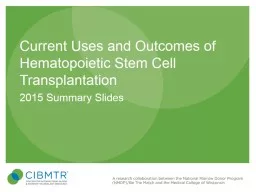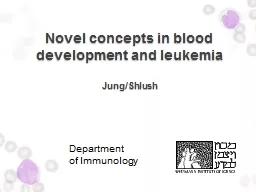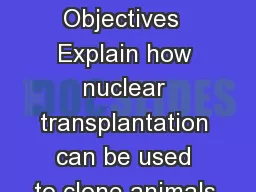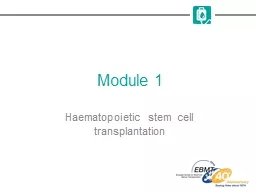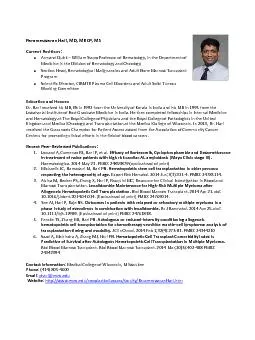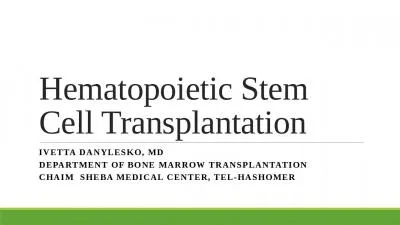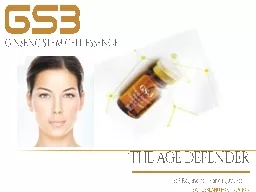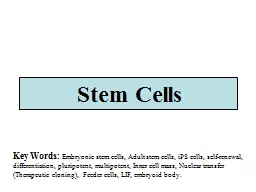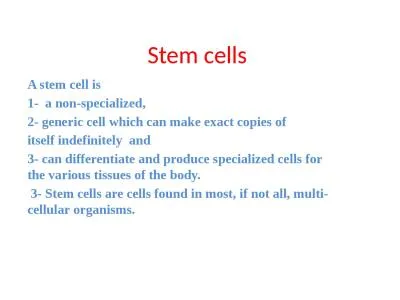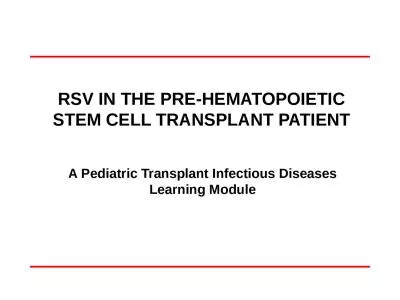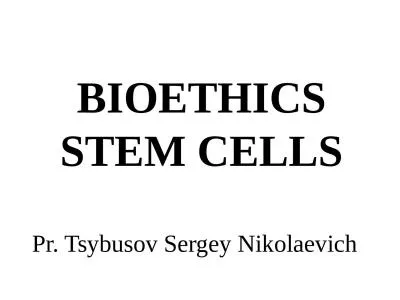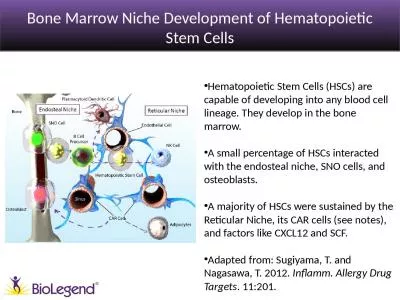PPT-Current Uses and Outcomes of Hematopoietic Stem Cell Transplantation
Author : cheryl-pisano | Published Date : 2018-12-11
Location of Centers Participating in the CIBMTR 2015 Annual Number of Transplant Recipients in the US by Transplant Type Allogeneic Transplant Recipients in the
Presentation Embed Code
Download Presentation
Download Presentation The PPT/PDF document "Current Uses and Outcomes of Hematopoiet..." is the property of its rightful owner. Permission is granted to download and print the materials on this website for personal, non-commercial use only, and to display it on your personal computer provided you do not modify the materials and that you retain all copyright notices contained in the materials. By downloading content from our website, you accept the terms of this agreement.
Current Uses and Outcomes of Hematopoietic Stem Cell Transplantation: Transcript
Download Rules Of Document
"Current Uses and Outcomes of Hematopoietic Stem Cell Transplantation"The content belongs to its owner. You may download and print it for personal use, without modification, and keep all copyright notices. By downloading, you agree to these terms.
Related Documents

